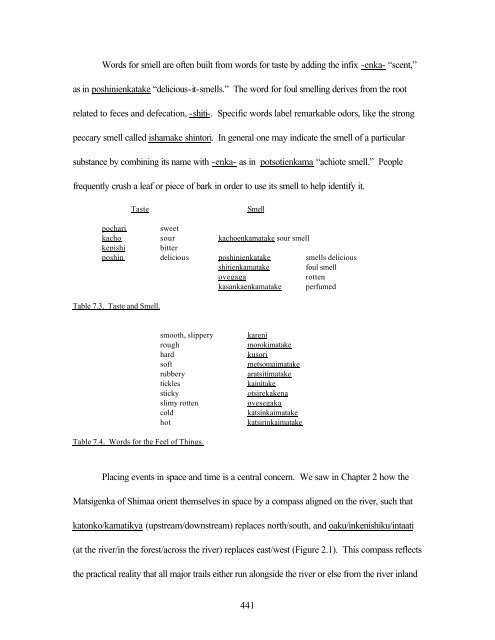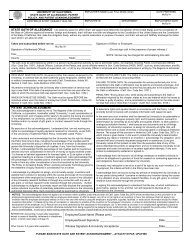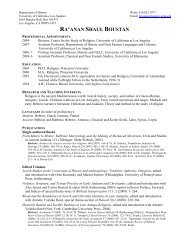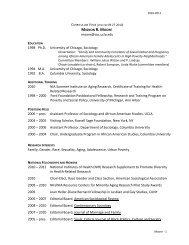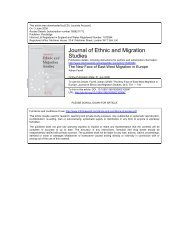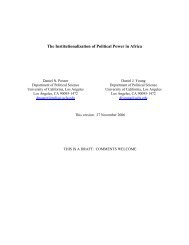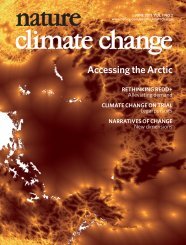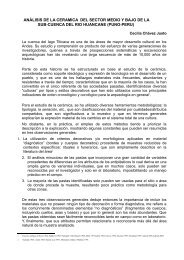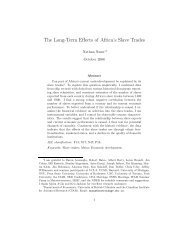433 Chapter Seven Cosmos For the Matsigenka of Shimaa, kameti ...
433 Chapter Seven Cosmos For the Matsigenka of Shimaa, kameti ...
433 Chapter Seven Cosmos For the Matsigenka of Shimaa, kameti ...
Create successful ePaper yourself
Turn your PDF publications into a flip-book with our unique Google optimized e-Paper software.
Words for smell are <strong>of</strong>ten built from words for taste by adding <strong>the</strong> infix -enka- “scent,”<br />
as in poshinienkatake “delicious-it-smells.” The word for foul smelling derives from <strong>the</strong> root<br />
related to feces and defecation, -shiti-. Specific words label remarkable odors, like <strong>the</strong> strong<br />
peccary smell called ishamake shintori. In general one may indicate <strong>the</strong> smell <strong>of</strong> a particular<br />
substance by combining its name with -enka- as in potsotienkama “achiote smell.” People<br />
frequently crush a leaf or piece <strong>of</strong> bark in order to use its smell to help identify it.<br />
Taste<br />
Smell<br />
pochari sweet<br />
kacho sour kachoenkamatake sour smell<br />
kepishi bitter<br />
poshin delicious poshinienkatake smells delicious<br />
shitienkamatake foul smell<br />
ovegaga<br />
rotten<br />
kasankaenkamatake perfumed<br />
Table 7.3. Taste and Smell.<br />
smooth, slippery<br />
rough<br />
hard<br />
s<strong>of</strong>t<br />
rubbery<br />
tickles<br />
sticky<br />
slimy rotten<br />
cold<br />
hot<br />
kareni<br />
morokimatake<br />
kusori<br />
metsomaimatake<br />
aratsitimatake<br />
kainitake<br />
otsirekakena<br />
ovesegaka<br />
katsinkaimatake<br />
katsirinkaimatake<br />
Table 7.4. Words for <strong>the</strong> Feel <strong>of</strong> Things.<br />
Placing events in space and time is a central concern. We saw in <strong>Chapter</strong> 2 how <strong>the</strong><br />
<strong>Matsigenka</strong> <strong>of</strong> <strong>Shimaa</strong> orient <strong>the</strong>mselves in space by a compass aligned on <strong>the</strong> river, such that<br />
katonko/kamatikya (upstream/downstream) replaces north/south, and oaku/inkenishiku/intaati<br />
(at <strong>the</strong> river/in <strong>the</strong> forest/across <strong>the</strong> river) replaces east/west (Figure 2.1). This compass reflects<br />
<strong>the</strong> practical reality that all major trails ei<strong>the</strong>r run alongside <strong>the</strong> river or else from <strong>the</strong> river inland<br />
441


